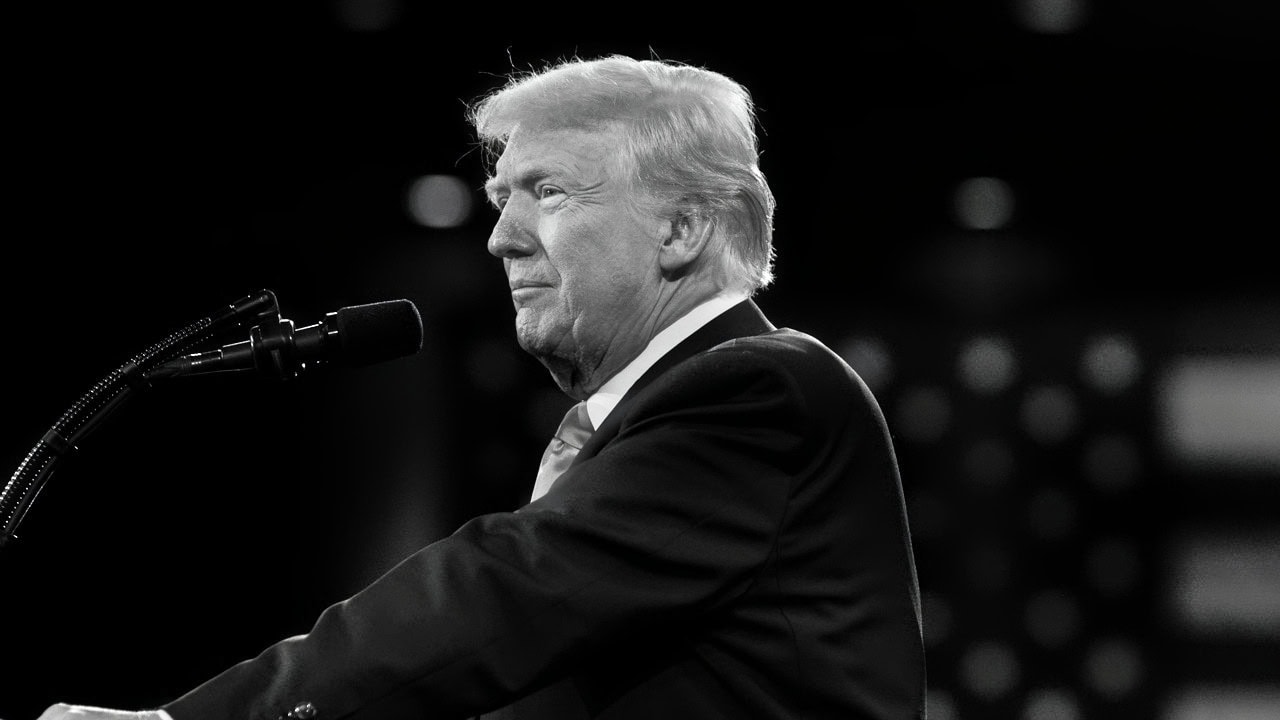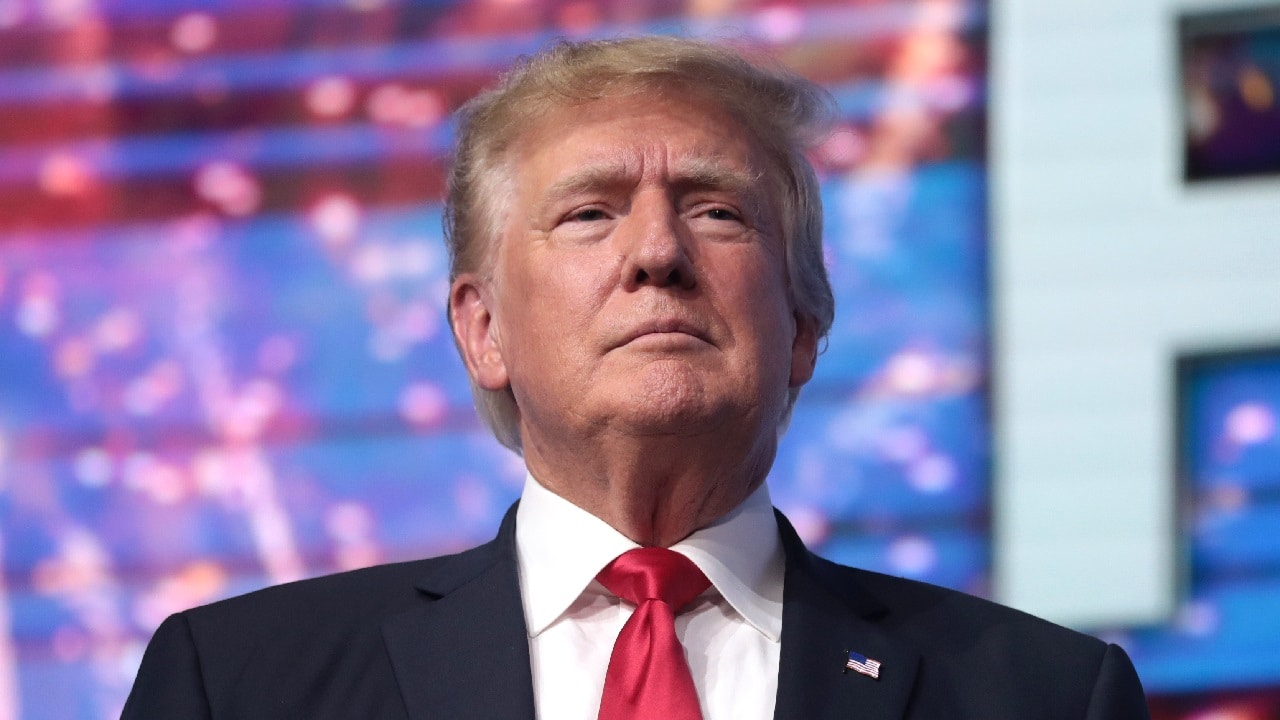As promised, President Donald Trump on Wednesday announced the imposition of “reciprocal” tariffs, aimed at just about all products.
Donald Trump Goes Tariff Wild
He called it Liberation Day. To say the least, economies around the world aren’t happy.
Per CNBC, Trump has imposed a 10 percent baseline tariff across the board, adding 34 percent to tariffs on China, 20 percent on the European Union, 32 percent on Taiwan and 46 percent on Vietnam.
These are in addition to the previously announced tariffs, meaning the “true tariff” on China will reach 54 percent.
In a White House statement, Trump “declared that foreign trade and economic practices have created a national emergency, and his order imposes responsive tariffs to strengthen the international economic position of the United States and protect American workers.”
The tariffs will go into effect at 12:01 a.m. on April 9.
Also, Trump closed the “de minimis” exemptions for low-value imports from China. This could mean the end of cheap orders, for American consumers, from the likes of Shein and Temu.
Early Reviews? Stock Market Dive
The early reaction to the tariff announcement has been less than positive.
Stock futures plunged Wednesday night in after-hours trading, with Dow futures dropping 1,100 points, as the announcement came after the markets closed.
Individual companies like Apple, Nike and Tesla, whose supply chains will be affected by the tariffs, saw their shares plunge.
Experts weren’t particularly kind either.
“Never before has an hour of Presidential rhetoric cost so many people so much,” Lawrence Summers, the former treasury secretary and economic adviser to multiple former presidents, said Wednesday. “The best estimate of the loss from tariff policy is now is closer to $30 trillion or $300,000 per family of four.”
Still others noticed that there were odd things in the numbers announced by the president.
Rohit Krishnan noticed, on X, that different AI tools may have been used to design the tariffs.
Journalist James Surowiecki noticed something else, in the design of the tariffs: “They didn’t actually calculate tariff rates + non-tariff barriers, as they say they did. Instead, for every country, they just took our trade deficit with that country and divided it by the country’s exports to us.”
The announced tariffs were “probably worse than the worst-case scenario that was modeled,” CNBC’s analyst Bonawyn Eison said on the show’s Fast Money program.
“This just seems like the president having his own sort of school of economics that’s different from everybody else,” CNBC reporter Steve Liesman added.
One Republican senator also responded negatively, with Sen. Rand Paul (R-KY) sharing with reporters on Capitol Hill that imposition of tariffs in the 1890s and 1930s both led to electoral dessimation for the Republican Party.
Other Countries Respond
Treasury Secretary Scott Bessent, in an interview on TV Wednesday, advised other countries not to retaliate. But it doesn’t appear that they’re going to listen.
Canadian Prime Minister Mark Carney announced Wednesday that “countermeasures” for the tariffs would be announced on Thursday, per CNBC.
South Korea’s acting president announced “emergency support measures for industries and businesses,” while Australia’s prime minister announced the actions by Trump were “not the act of a friend.”
Mexican President Claudia Sheinbaum vowed a “comprehensive program” in response, as opposed to “a tit-for-tat on tariffs.”
These countries are all, or at least until recently were, allies of the United States.
China, meanwhile, called on the U.S. to “immediately” cancel the tariffs, and vow countermeasures of their own.
What About Russia?
Axios noted one curious thing in Trump’s tariff announcement: Russia is missing from the list of affected countries.
White House Press Secretary Karoline Leavitt said Wednesday that existing sanctions on Russia, imposed after the Ukraine invasion, “preclude any meaningful trade.” Cuba, Belarus, and North Korea are also omitted, for similar reasons.

President Donald Trump speaks at the Conservative Political Action Conference at the Gaylord National Resort & Convention Center in Oxon Hill, Maryland, on Saturday, February 22, 2025. (Official White House Photo by Molly Riley
However, as Axios noted, countries like Mauritius and Brunei, which trade with the U.S. less than Russia does, were included on the tariff list.
About the Author: Stephen Silver
Stephen Silver is an award-winning journalist, essayist and film critic, and contributor to the Philadelphia Inquirer, the Jewish Telegraphic Agency, Broad Street Review and Splice Today. The co-founder of the Philadelphia Film Critics Circle, Stephen lives in suburban Philadelphia with his wife and two sons. For over a decade, Stephen has authored thousands of articles that focus on politics, technology, and the economy. Follow him on X (formerly Twitter) at @StephenSilver, and subscribe to his Substack newsletter.

